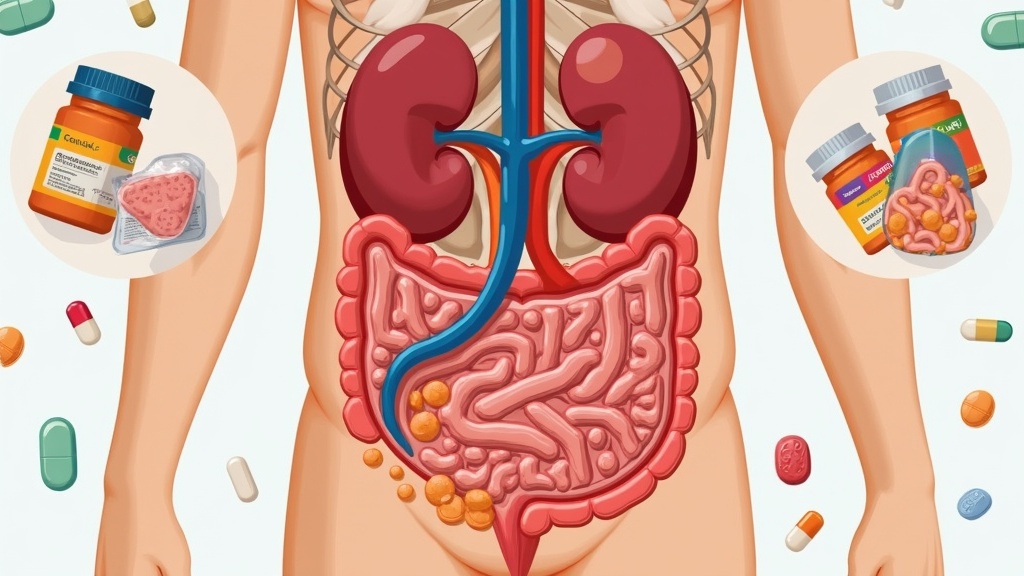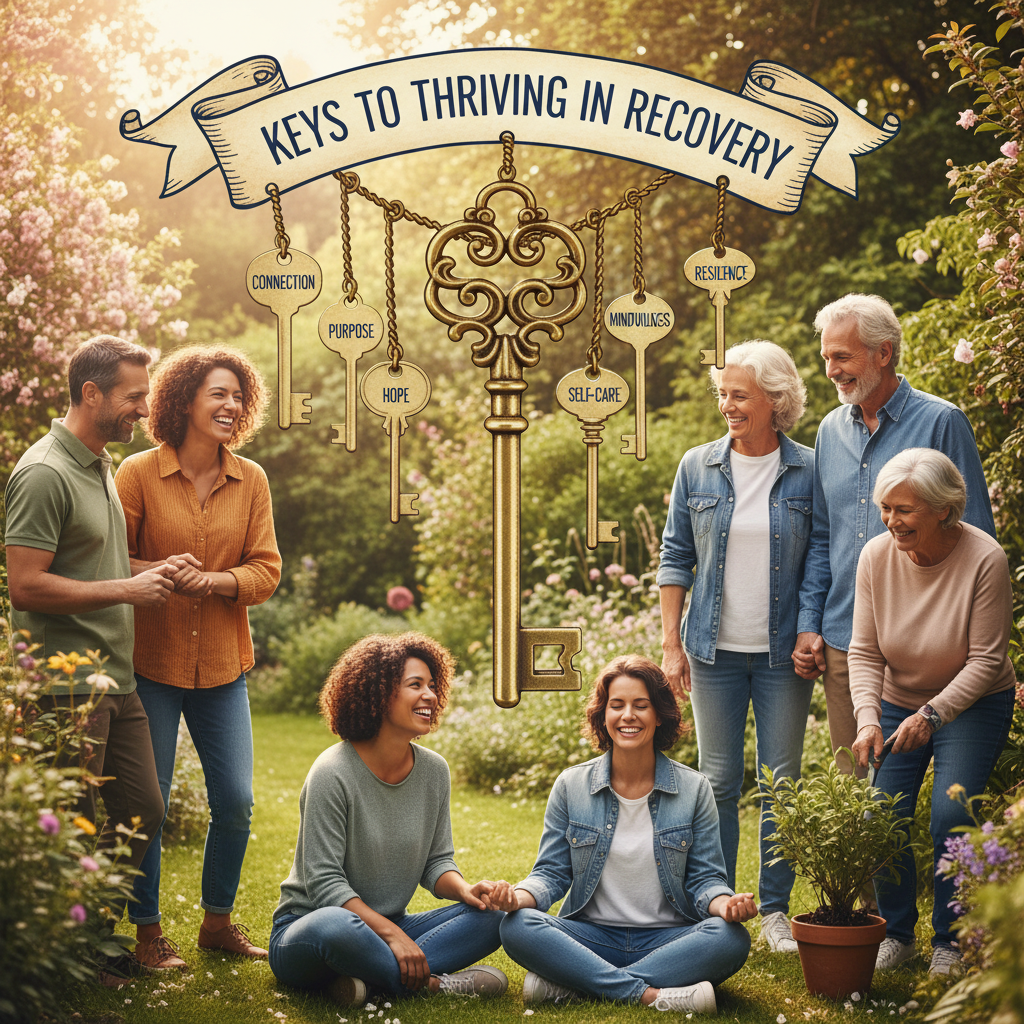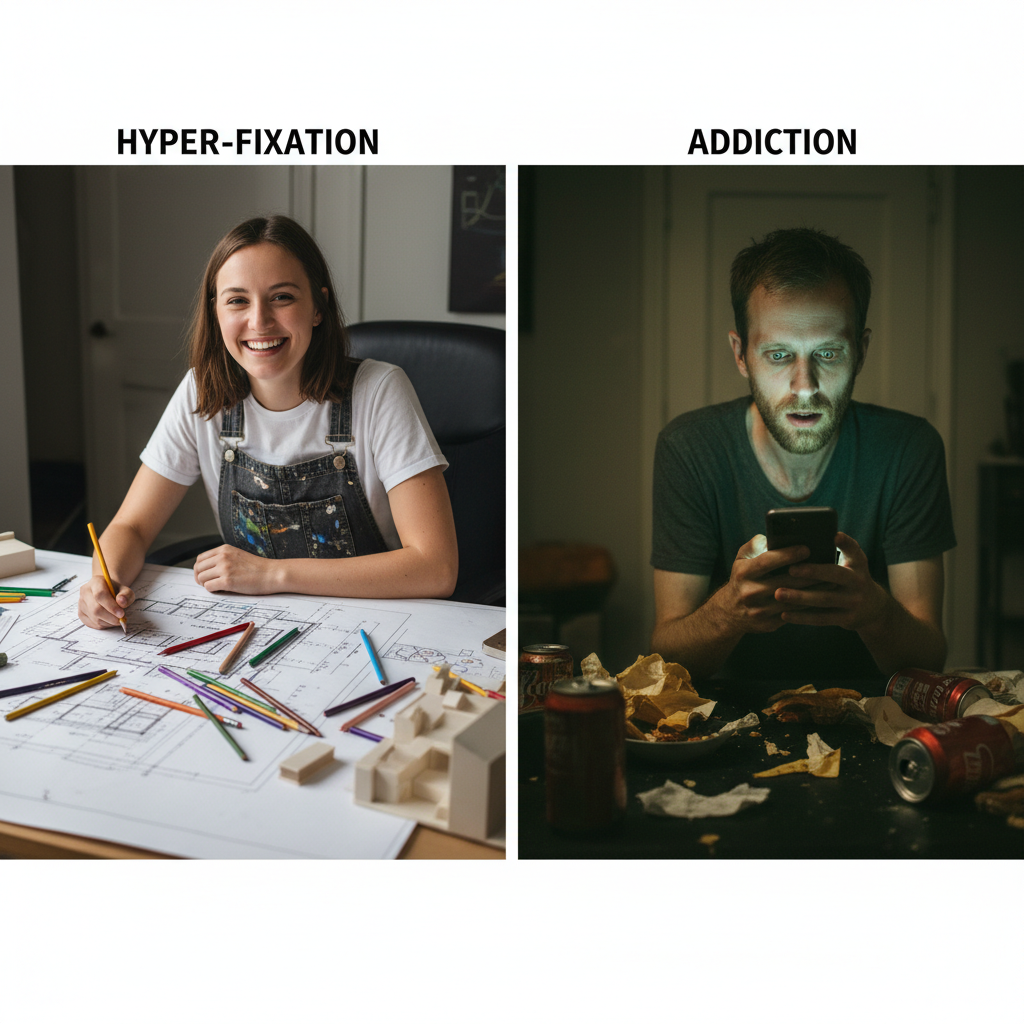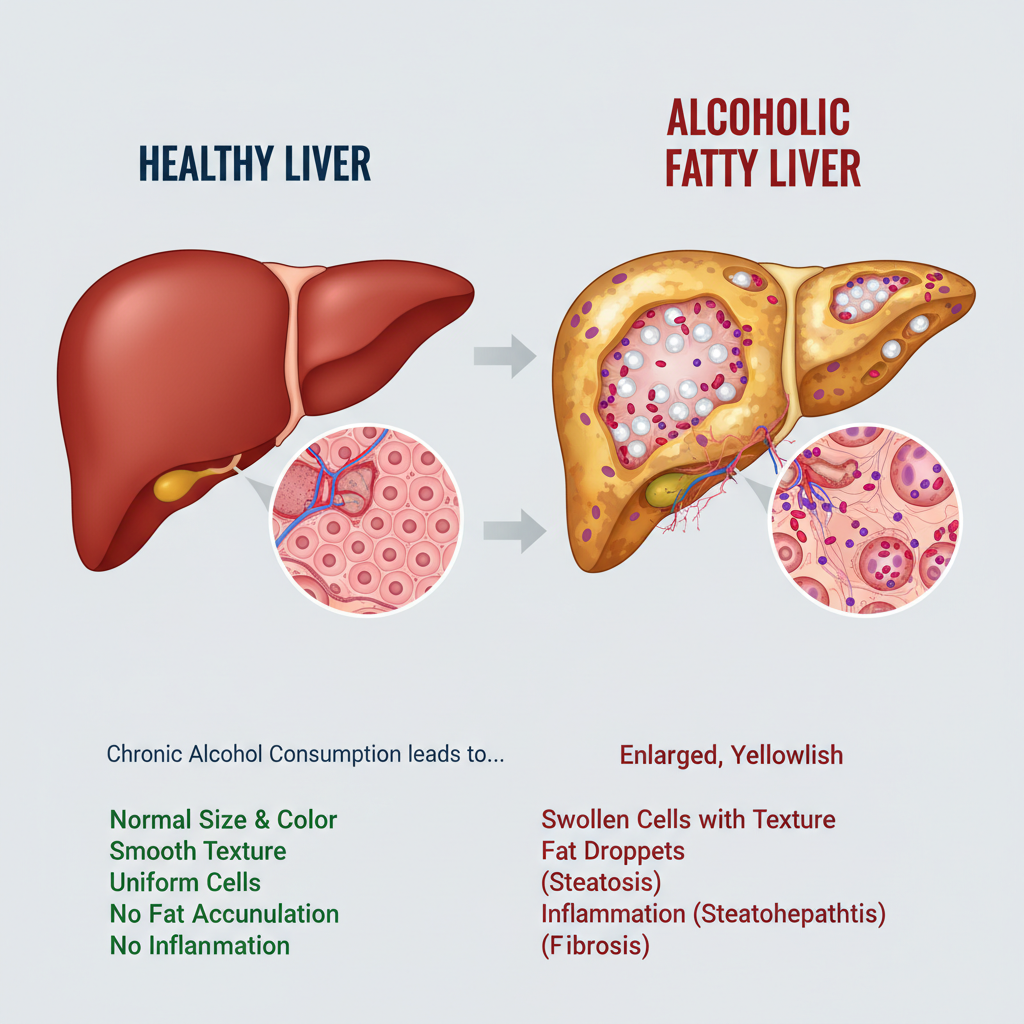How Nutrition Shapes Recovery
Food and mood are deeply connected, especially during addiction recovery. What you eat can have a powerful effect on your energy, focus, and emotional balance—and yet, it’s one of the most overlooked parts of healing. During recovery, your body is working hard to repair itself and rebalance brain chemistry that’s often been disrupted by substance … Read more









